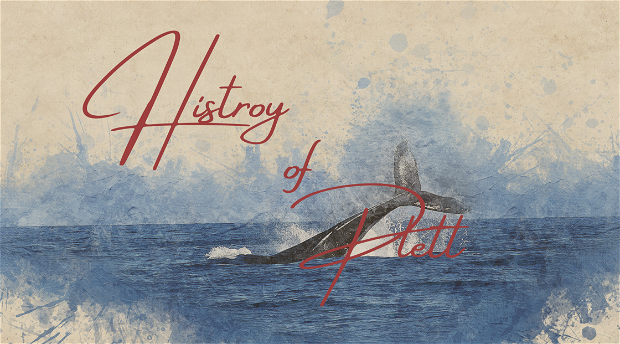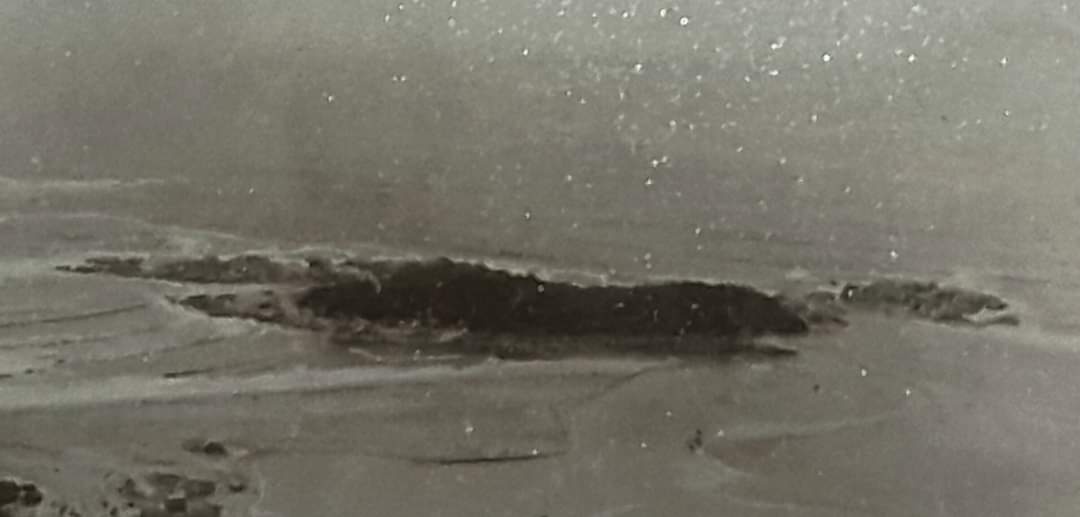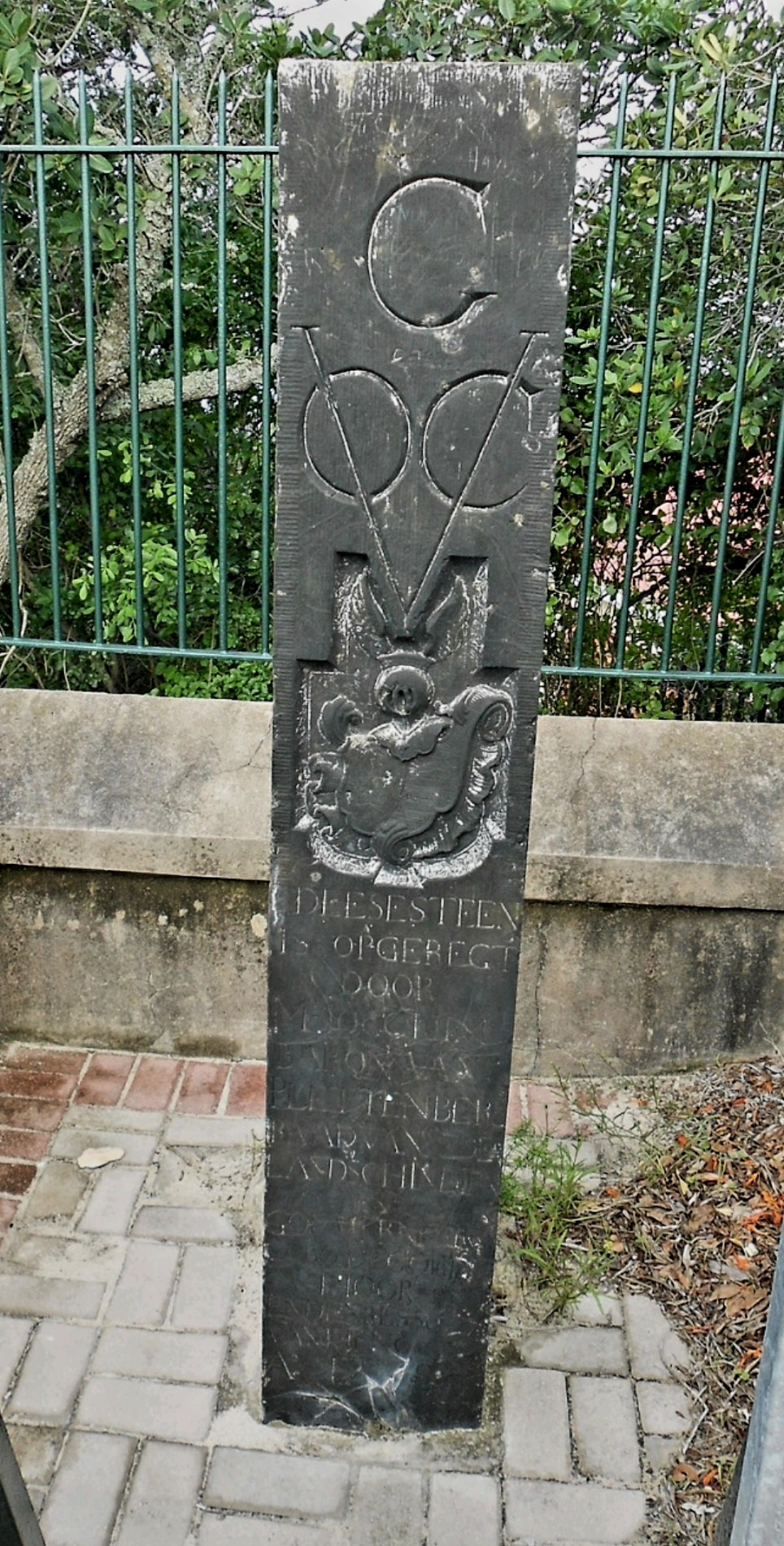The History of Plettenberg Bay

Plettenberg Bay is known for its beauty, as well as its rich history; which began during the time when Bartolomeu Dias chartered the bay in 1487, and named it Bahia das Alagoas (‘Bay of the Lagoons’). During the 15th century, Plettenberg Bay was then named Bahia Formosa (‘Beautiful Bay’) by Portuguese navigator and cartographer, Manuel de Mesquita Ptrestrélo (Christopher Columbus married into this famous family of seafarers).
DID YOU KNOW… The first colonial settlement was due to a shipwreck?
In 1630, the merchant ship, São Gonçales was returning to Portugal after eight months trading with India when tragedy struck. Returning home via the Cape of Storms, both captains had died and some of the crew had picked up tropical diseases. Apart from being leaderless, the crew had to deal with the ship constantly leaking, where the salt water spread between the imported pepper corns, causing them to spoil. The ship became unfit for sea and foundered in the bay. Some left the ship to form a base camp on land, while the others remained on the ship, trying to make her seaworthy again. Seven weeks later, a storm broke out and threw the remnants of the ship against the Robberg slopes. The 130 men onboard drowned, while the 100 who remained on land were left stranded. Knowing they would be marooned for a long time, they built a church, grew food in gardens, lived on game and fish and traded with the Khoisan.
Because of the natural forest around the bay, timber was in ample supply, and the survivors managed to build two smaller vessels. Before setting sail back home, they left behind a stone with an inscription in Portuguese, ‘Here was lost the ship São Gonçales in the year 1630’. Unfortunately, these men would never see home again. They were picked up by a Portuguese vessel, but tragically sunk before making it into the harbour in Lisbon, Portugal.
It wasn’t until the 1980’s when the Jerling family (whose ancestors settled in Plettenberg Bay in the 18th century) began clearing the area of their property when they happened to stumble across relics from the wreck; including blue-and-white pottery. This discovery would confirm the location of where the stranded sailors had made their home.
EUROPEAN SETTLERS
Over one hundred years later, the first known Dutch settler was a farmer named Cornelis Botha. European settlers were herders and stock farmers and in 1776, the bay served as a barracks for the Dutch East India Company. The bay was later named after the Dutch governor, Baron Joachim van Plettenberg, who toured the region in 1778. Governor van Plettenberg erected a stone, known as the ‘van Plettenberg Stone’, which overlooks Central Beach. This stone signified that Plettenberg Bay belonged to the Dutch East India Company and to no other power.
In 1820, the first inn was built, known today as the Formosa Inn. The original building had been incorporated into the new structure. It became a popular stopping point during the 1830’s for ships travelling to India during winter.
THE BEACON ISLAND
No trip to Plettenberg Bay is complete without visiting the famed Beacon Isle Hotel. The luxurious hotel is built on a small island along the Piesang River, and was used as a navigational port for mariners that date back to 1771. The following year, in 1772, the first navigational beacon was erected. The original beacon was a square block of stinkwood, with the inscriptions of Plettenberg Bay’s longitude and latitude points. This enabled mariners to check their location and chronometers, thus naming the island, ‘Beacon Island’.
The wooden beacon was replaced several times throughout Plettenberg Bay’s history. On the very spot where the original stood, now stands a stone erected in 1801, renewed again in 1881. It stands proudly for all to see when those who holiday at the hotel leave the building to enjoy the garden and pleasures that the hotel has to offer.
Today, the island is no longer separate from the mainland, as it needed to be filled to access the hotel on the western bank.


‘THERE SHE BLOWS!’
Although whaling dates as far back as 875AD, it wasn’t until the Industrial Revolution that the prized whale oil became an international haven for mariners. The much sought-after whale oil made sailors rich overnight, and during the 1800’s, the extinction of whales became all too prevalent, and became alarming to those who sought to save these gentle giants. It was also during this time that the American novelist, Herman Melville wrote his famed novel, Moby-Dick in 1852.
It was John Sinclair who started his whaling activities in the bay. The first cargo of whale oil left the Beacon Island in 1834, aboard a ship named ‘C
alypso’. Years later, Cornelius Watson and Percy Toplis obtained a lease to use Beacon Island as a Whaling Station.
Tragedy would soon strike Watson. While aboard the ‘Scorpio’, a whale he had struck with his harpoon pulled Watson and the ship under the sea and drowned. A week later, his body and that of the whale he had harpooned (with the harpoon still in its side) washed ashore on a beach 500 kilometres near Cape Town. Watson’s partner sold the company to the Southern Whale Company in 1908.
Whaling continued on the Beacon Island until 1913, when a Norwegian company with seven whaling ships started whaling at the bay. Tragedy would yet again come knocking at the door. The whaler Groukama sank in the Knysna lagoon at Featherbed Bay. A month later, the pilot boat used in the lagoon capsized by the Thesens supply boat.
In July 1914, the whaling station on Beacon Island caught fire and a month later, the world plunged into the Great War (World War I). With whaling coming to an inevitable end, the whaling station was first turned into a boarding house, then into a low-key hotel in the 1940’s. It wasn’t until the 1970’s where the island would boast the most iconic hotels for holiday seekers; The Beacon Isle Hotel.
Today, on the rocks underneath this stunning hotel, remnants of the whaling station can still be seen during low tide.
Who would’ve thought that behind this beautiful building - including the bay itself - that its foundations were laid down on tragedies?


Share This Post